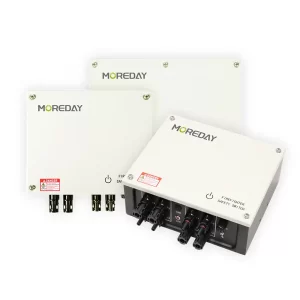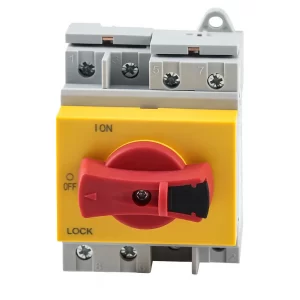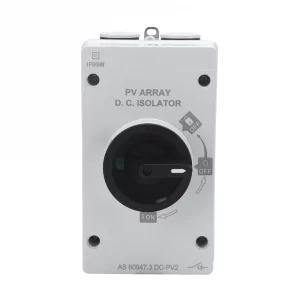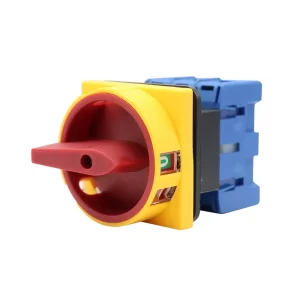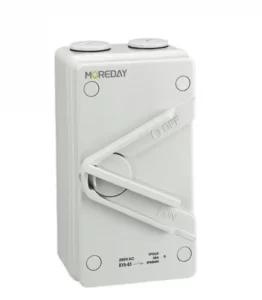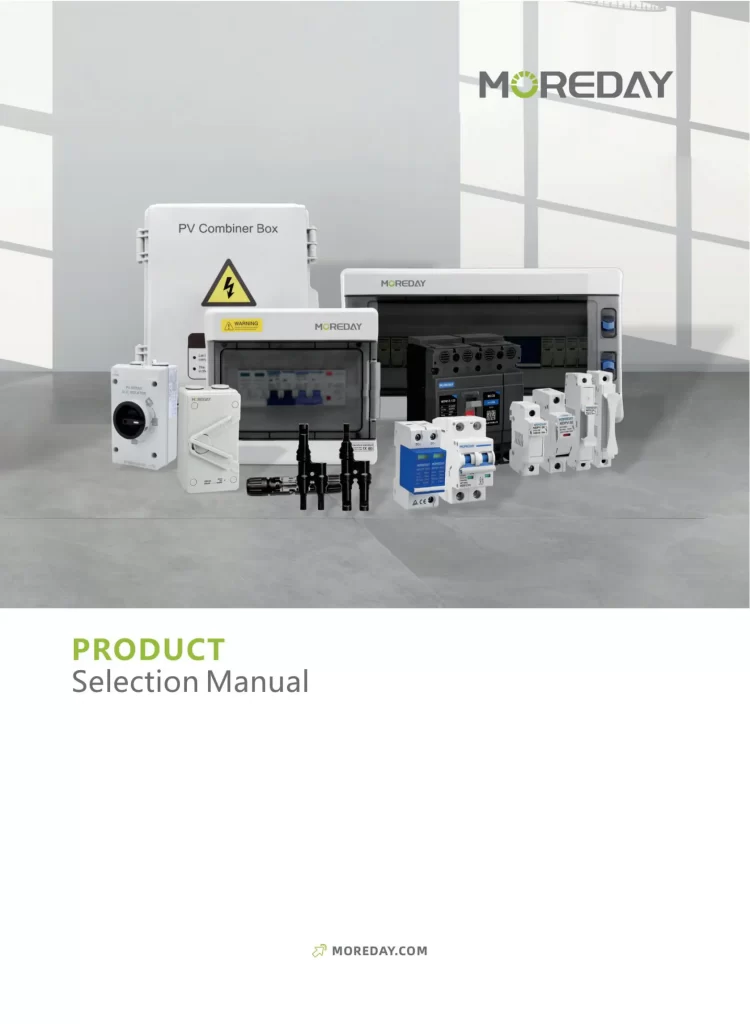PROFESSIONAL ISOLATION SWITCH MANUFACTURER
The primary purpose of an isolator switch is to provide an extra layer of protection by disconnecting electrical devices or circuits from the power source. This disconnection is crucial during maintenance, inspection, or repair work, as it minimizes the risk of electric shocks or short circuits, ensuring the safety of personnel and equipment.
Our isolating switch is specially designed for disconnecting the AC and DC sides of the solar system. Due to its excellent quality performance, we have reached cooperation with many big brands. Combined with other accessories, our switches can provide effective protection against any kind of overvoltage or overload problem.
Due to our stringent quality process, we ensure that our disconnectors are inspected and tested at every production step. IP66 shells and MC4 connectors are available for your own selection. Contact us now to enjoy super-value discounts, move forward with us, and represent our products!
CHOOSE THE MOST SUITABLE DISCONNECT SWITCH FOR YOUR SOLAR SYSTEM
RELIABLE DESIGN OF MOREDAY ISOLATOR
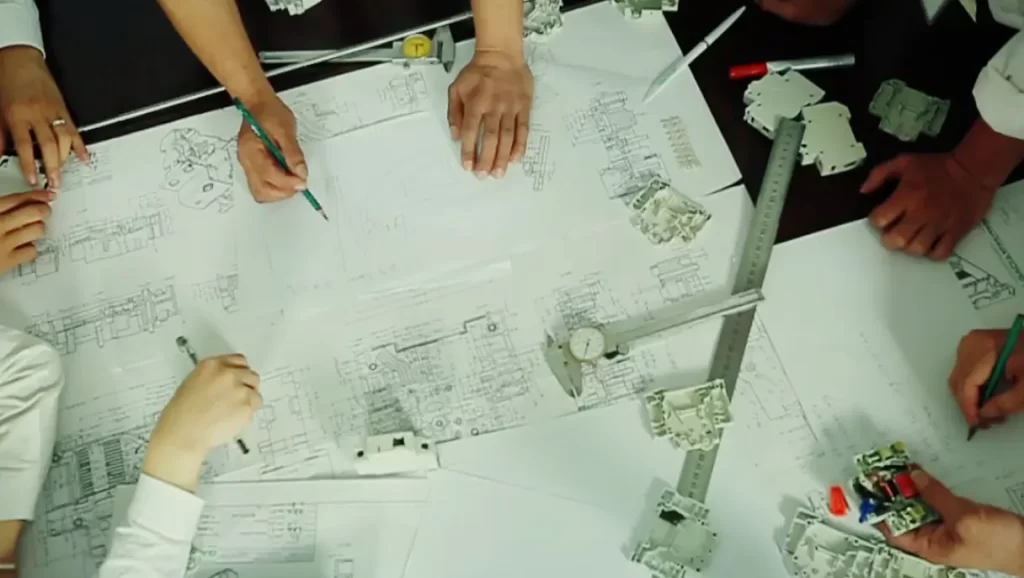
CONTINUOUS INNOVATION AND IMPROVEMENT
Our team has continuously improved the structure and production process of the isolating switch and has obtained many patents for this. Our isolating switch has its own patents and special instructions, making it safer, faster, and more stable to use. With our isolating switches, arc interruption within 3 milliseconds can be achieved, quickly cutting off the circuit and protecting the system’s safety.
RELIABLE DELIVERY
MOREDAY has realized the automatic production of 70% of the isolation switch process, ensuring that the yield rate of the isolation switch produced is above 99.8%. Our strong delivery capacity has made us a supplier to many international brands.
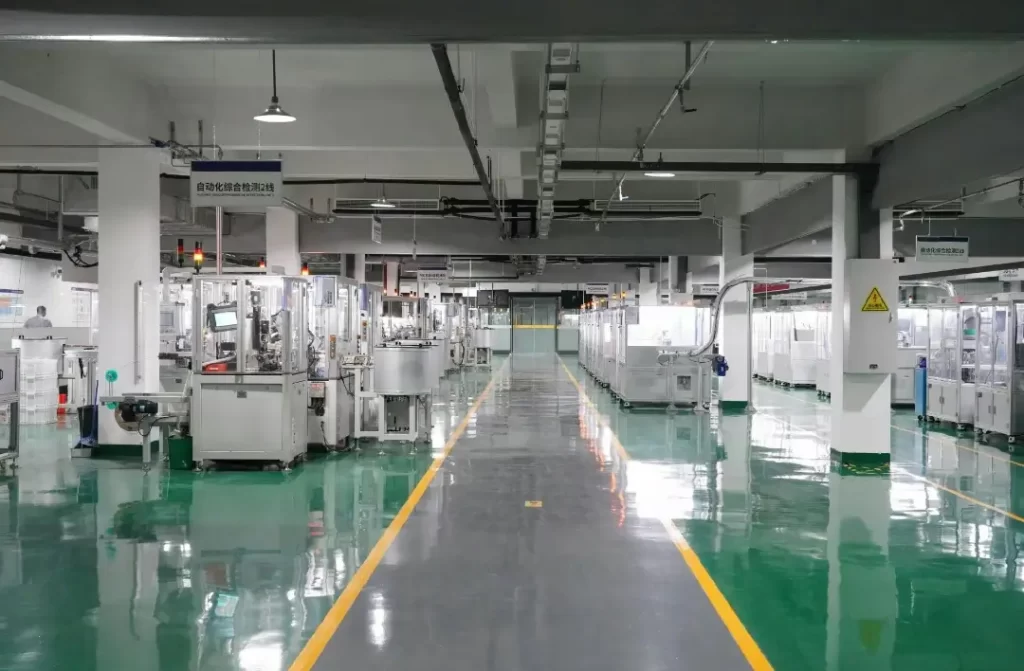
Common Queries
Frequently Asked Questions
please feel free to contact us.
Make Electricity Available To All People

